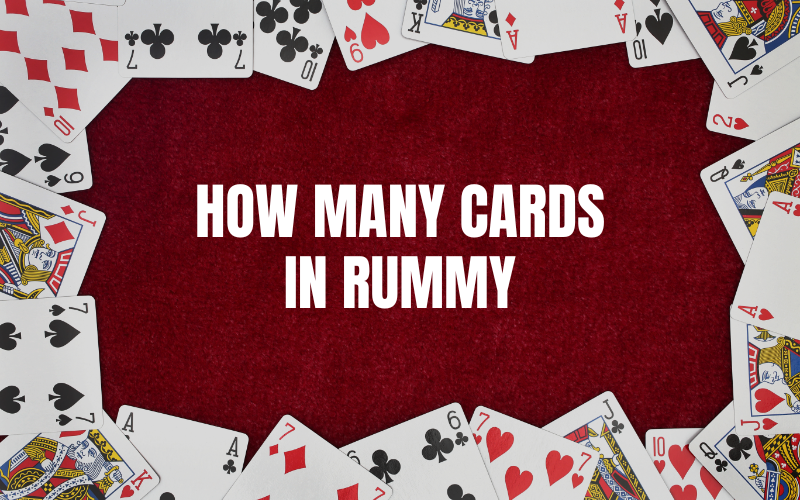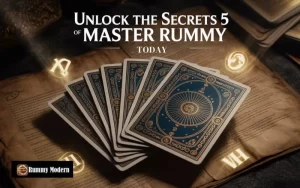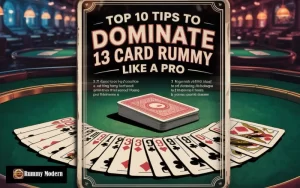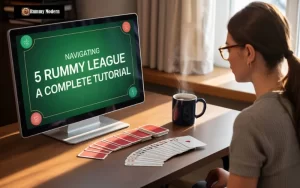Rummy is a timeless card game loved by players worldwide. Its blend of strategy, skill, and luck makes it engaging for players of all ages. Whether you’re a beginner or looking to brush up on the rules, one common question is: How many cards in rummy?
This article will explain how many cards in rummy, its variations, and tips to improve your gameplay. Let’s dive into the fascinating world of rummy!
How Many Cards in Rummy?
The number of cards dealt to each player in rummy depends on the version of the game you’re playing. The two most common types are Indian Rummy and Gin Rummy, and each has slightly different rules regarding card distribution.
Indian Rummy
- Players: Played with 2-6 players.
- Cards in Play: Uses two decks of cards, including jokers.
- Cards Dealt: Each player is dealt 13 cards.
- Objective: Players aim to form valid sequences and sets using their cards.
Gin Rummy
- Players: Typically played between 2 players.
- Cards in Play: Uses a single deck of 52 cards.
- Cards Dealt: Each player is dealt 10 cards.
- Objective: Players try to score points by forming sets and runs while minimizing deadwood (unmatched cards).
Other Variations
In some lesser-known versions, the number of cards dealt can vary. For example:
- 500 Rummy: Each player gets 7 cards if there are 4 or more players and 13 cards if there are fewer players.
- Canasta: Players receive 11 cards, and the game is typically played with two decks.
Knowing how many cards in rummy your chosen version is crucial for understanding the strategies and gameplay involved.
Why Does the Number of Cards Matter?
The number of cards dealt significantly impacts the game’s dynamics, strategy, and duration. Here’s how it influences the gameplay:
Strategy and Planning
The more cards you have, the more options you must consider when forming sequences and sets. In Indian Rummy, for instance, managing 13 cards requires careful planning and a well-thought-out approach.
Game Duration
Games with fewer cards, like Gin Rummy, tend to be faster-paced, while those with more cards, like Indian Rummy, offer a longer, more strategic experience.
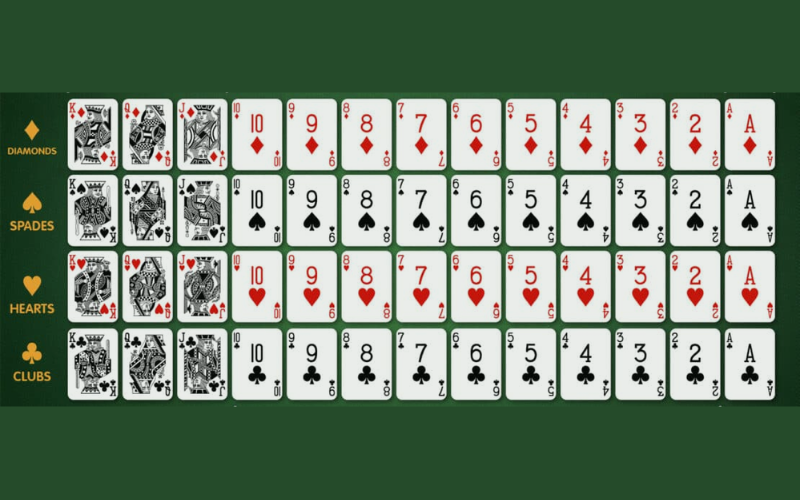
Joker Usage
In Indian Rummy, including jokers (both printed and wild jokers) adds an extra layer of strategy. Players must decide how to use these versatile cards best to complete sequences and sets.
Complexity
As the number of cards increases, so does the game’s complexity. Players must juggle more options, anticipate opponents’ moves, and adapt their strategies accordingly.
Understanding these nuances can help you choose the version of rummy that best suits your preferences and skill level.
Tips to Excel in Rummy, Regardless of the Cards
Now that you know how many cards in rummy different versions, here are some tips to help you make the most of your hand:
Prioritize Pure Sequences
In most rummy games, forming a pure sequence (a sequence without jokers) is essential for a valid declaration. Focus on creating one as early as possible to reduce penalties and gain an edge over your opponents.
Discard High-Value Cards Early
High-value cards like Kings, Queens, and Aces can increase your penalty if unmatched. Consider discarding them early in the game unless they fit into a sequence or set.
Watch Your Opponent’s Moves
Pay attention to the cards your opponents pick and discard. This can give you valuable insights into their strategy and help you block their progress by holding onto critical cards they might need.
Use Jokers Wisely
Jokers are potent tools in rummy. Use them strategically to complete sets or impure sequences, but remember that they cannot replace cards in a pure sequence.
Plan and Adapt
Rummy is as much about flexibility as it is about planning. Be prepared to adapt your strategy based on the cards you draw and your opponents’ actions.
Practice Regularly
The best way to improve your rummy skills is to practice. Start with free games to refine your strategies, and then move on to cash games or tournaments for a more competitive experience.
Conclusion
Understanding how many cards in rummy is fundamental to mastering the game. From the 13 cards in Indian Rummy to the 10 cards in Gin Rummy, each version offers unique challenges and opportunities for strategic play.
By familiarizing yourself with the rules, adapting your strategy based on the number of cards, and practicing regularly, you can elevate your rummy game to the next level.
So, gather your friends, shuffle the deck, and immerse yourself in the exciting world of Rummy Modern! Whether playing for fun or competing in a tournament, the thrill of forming that winning hand is unmatched. Happy playing!

